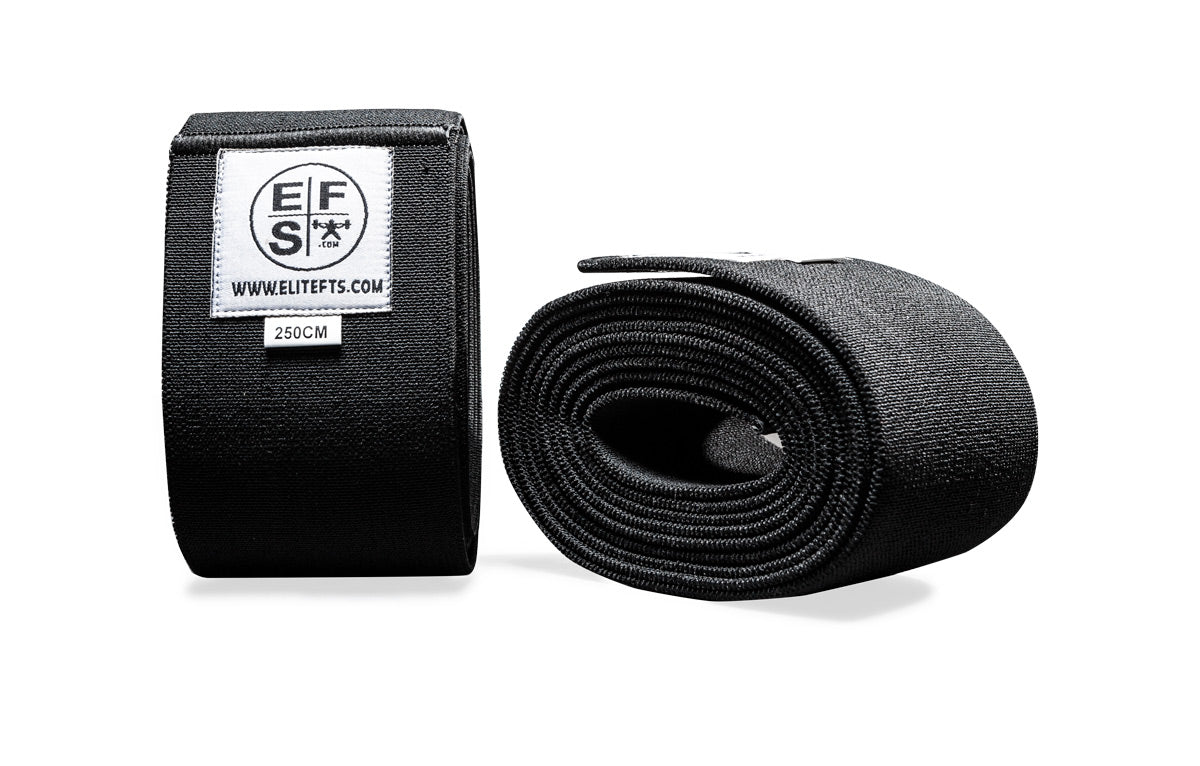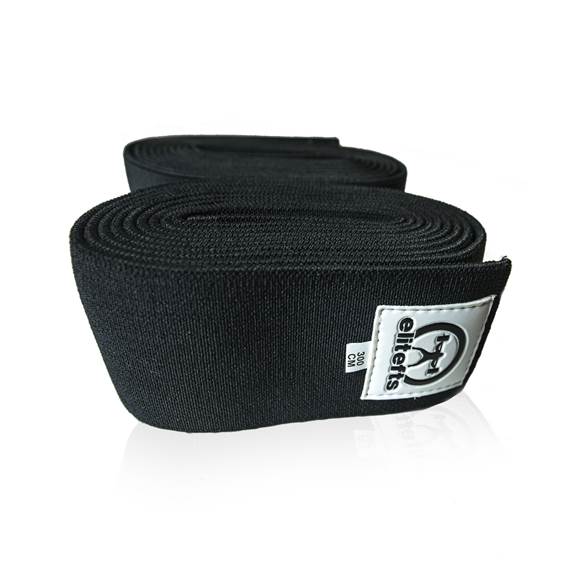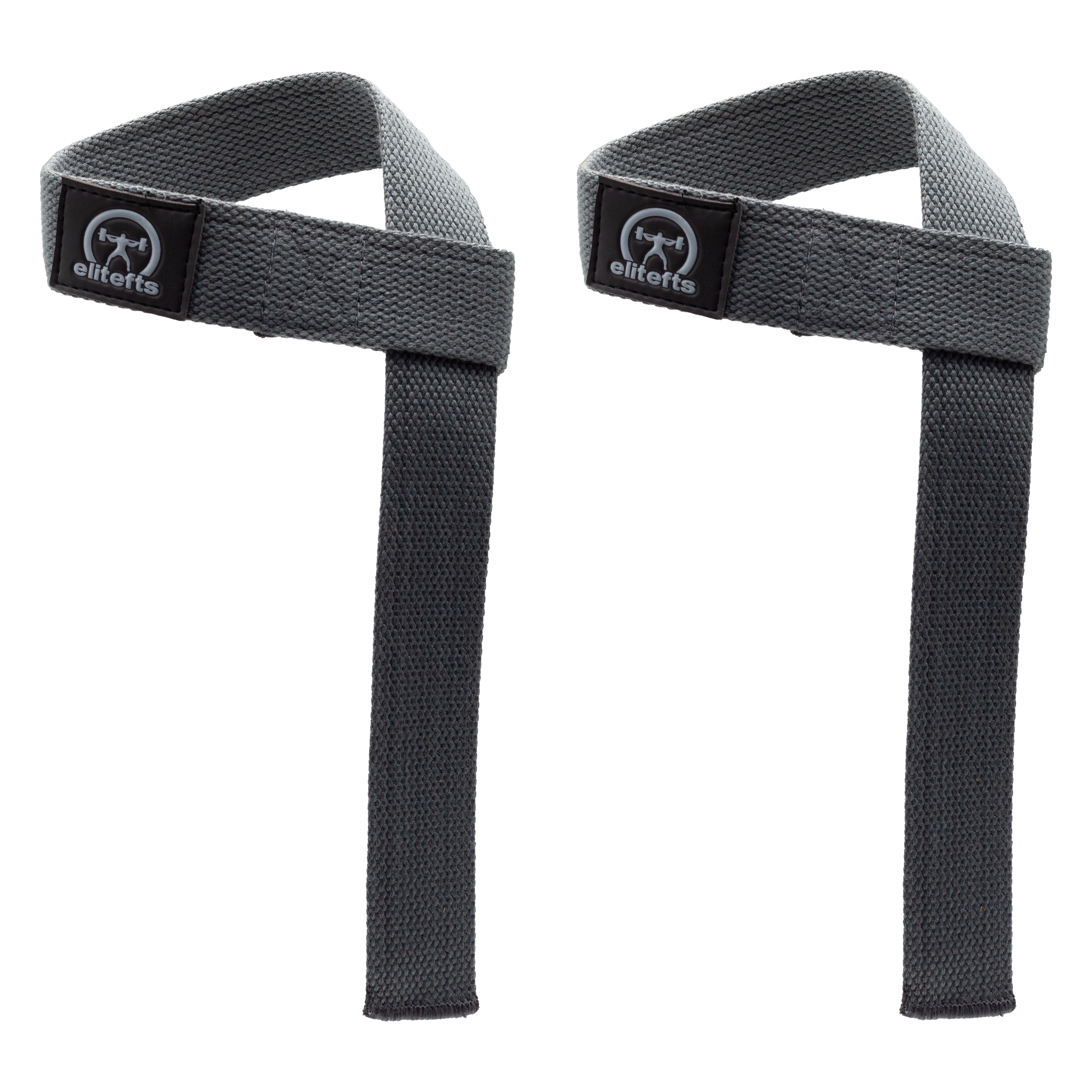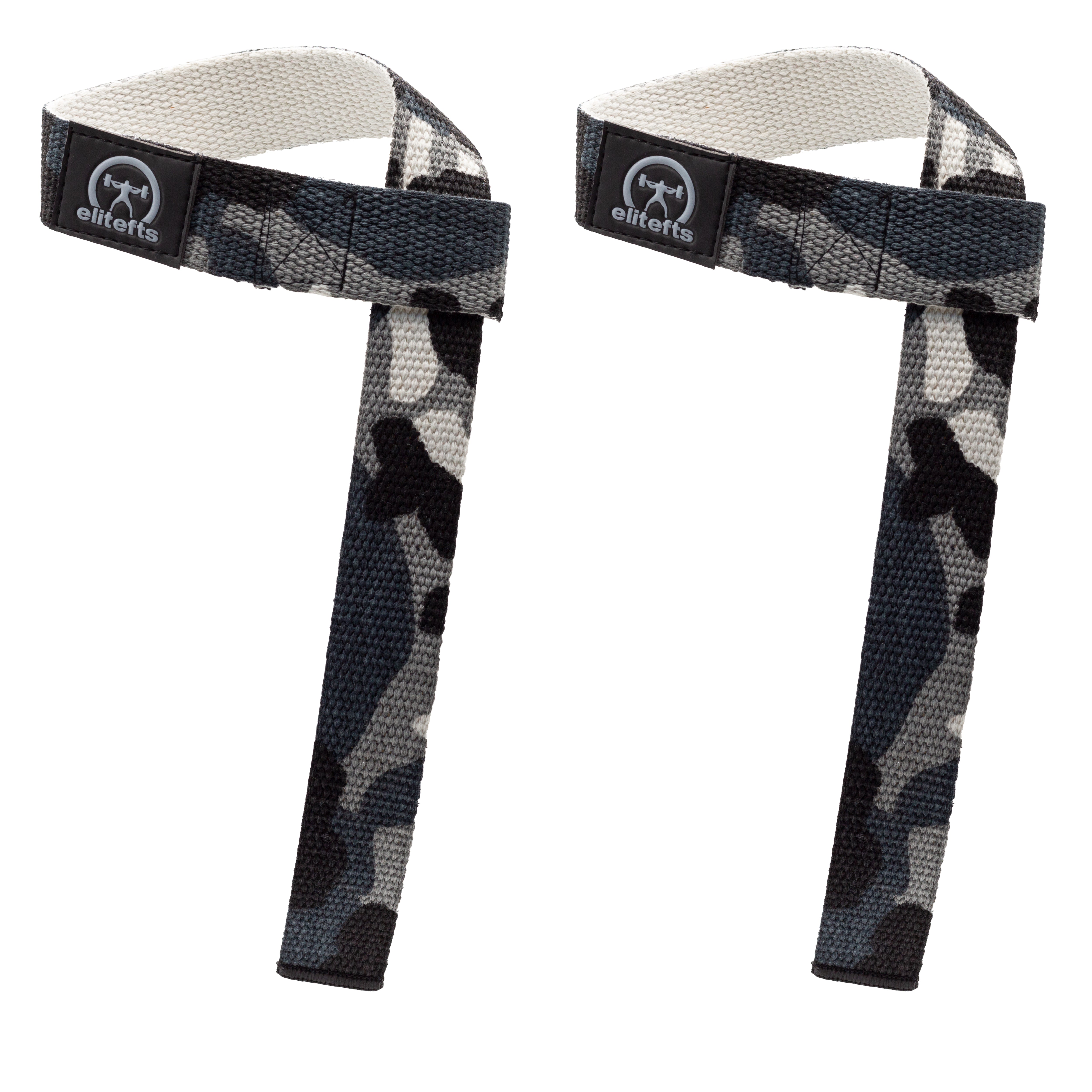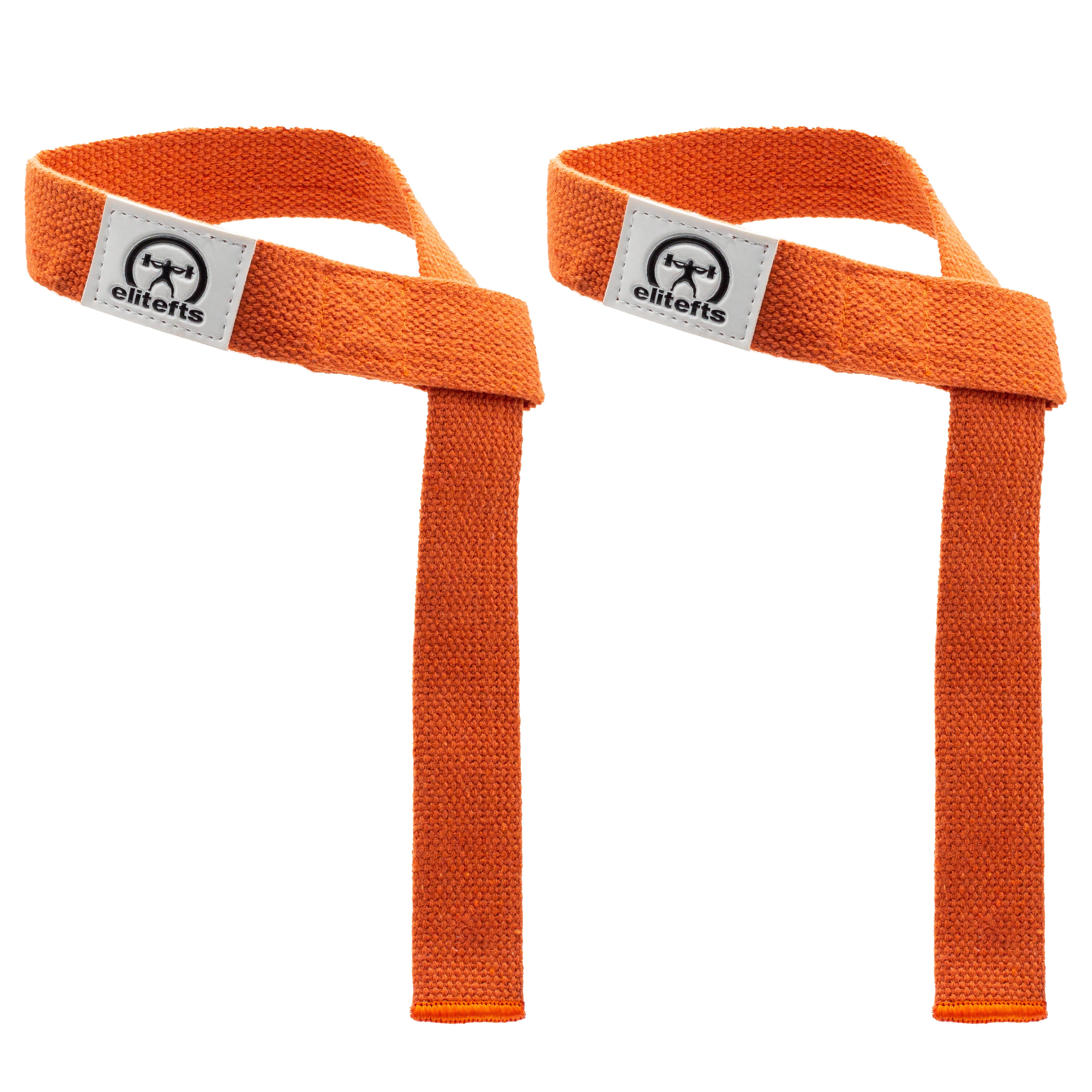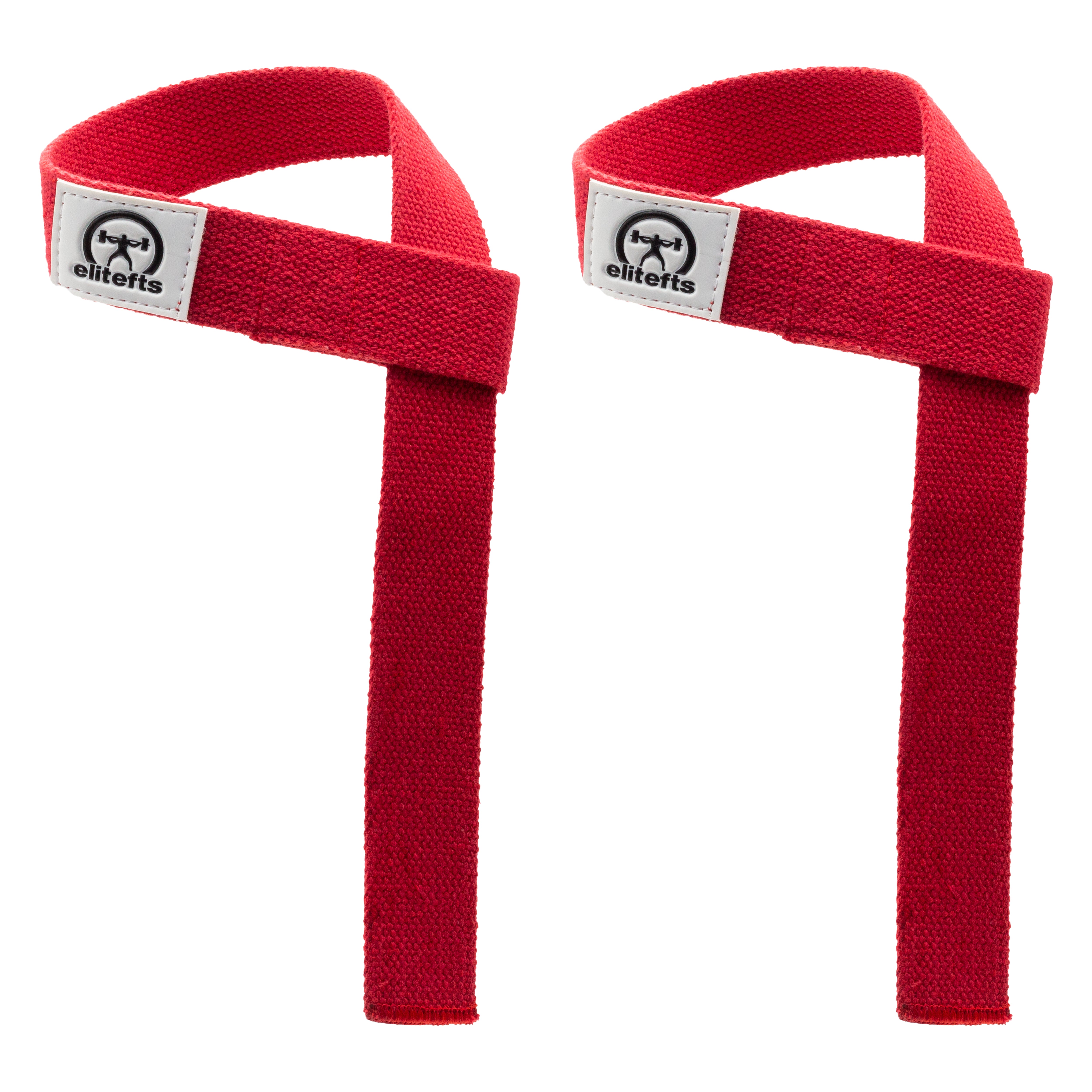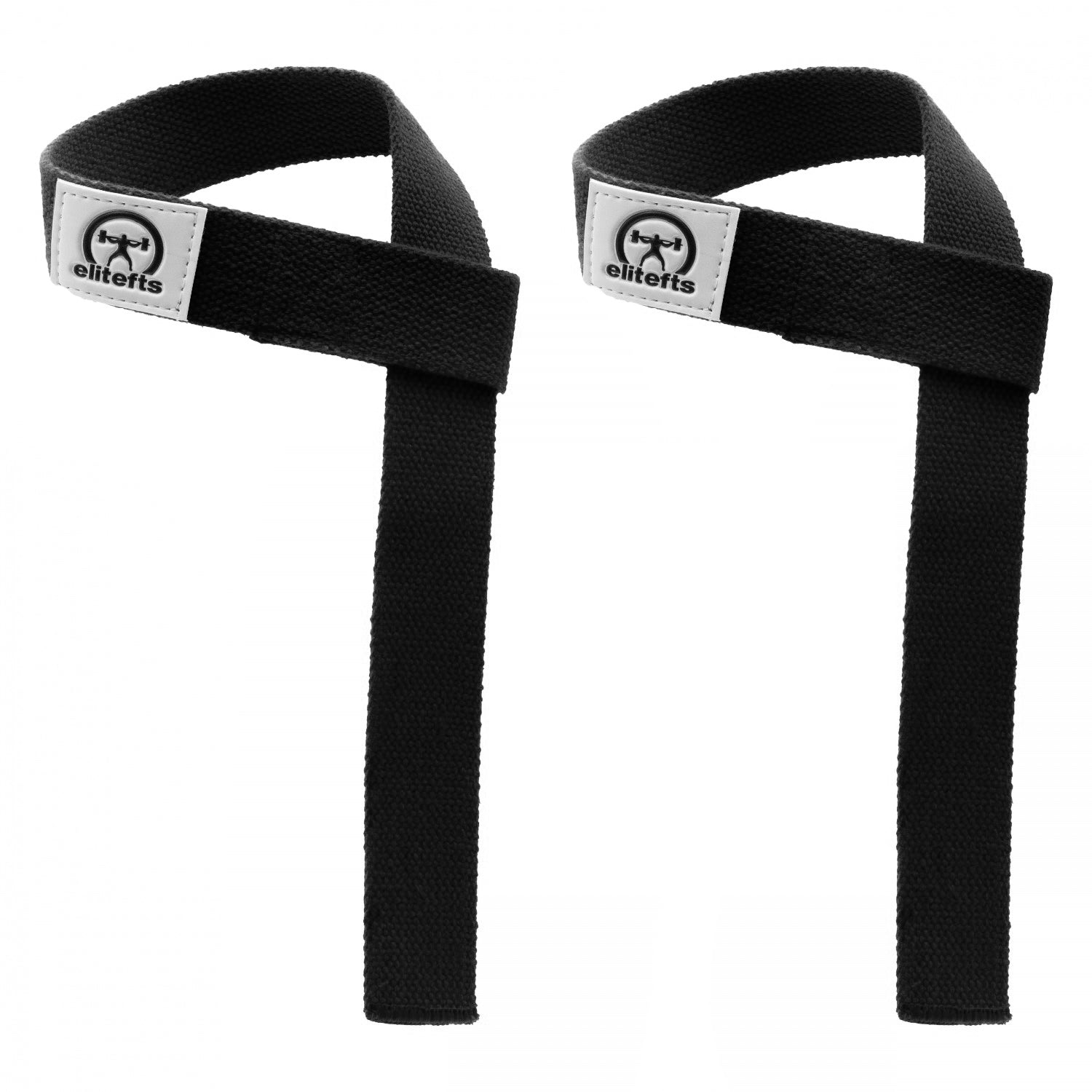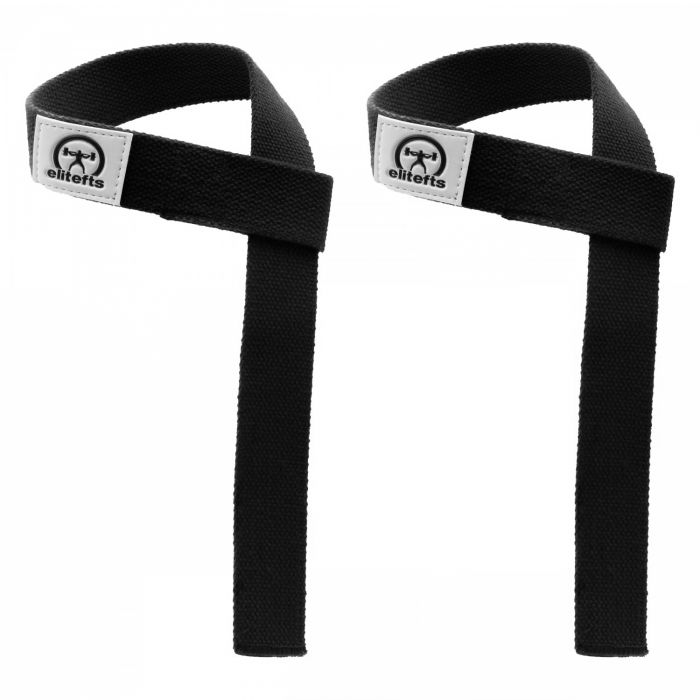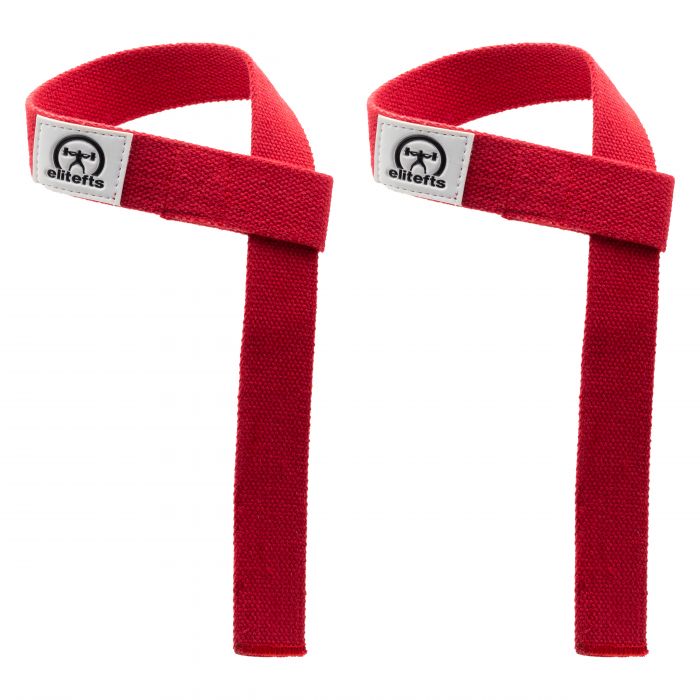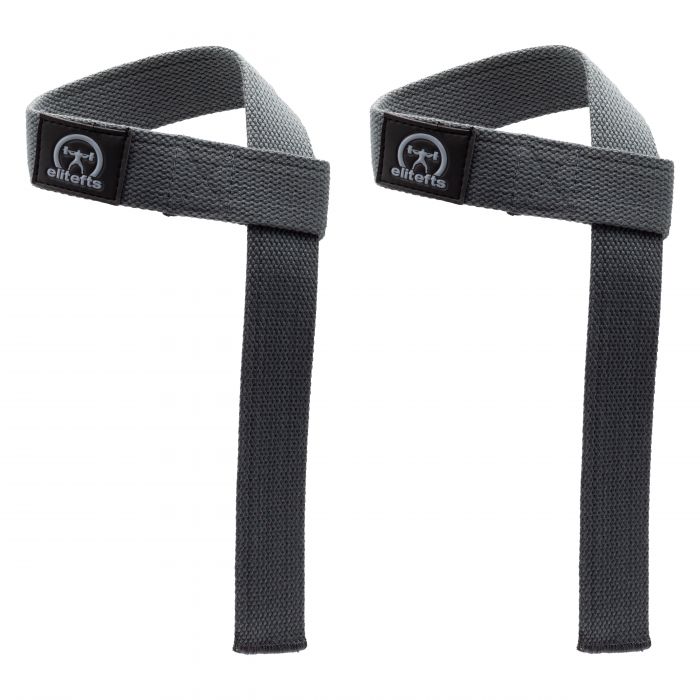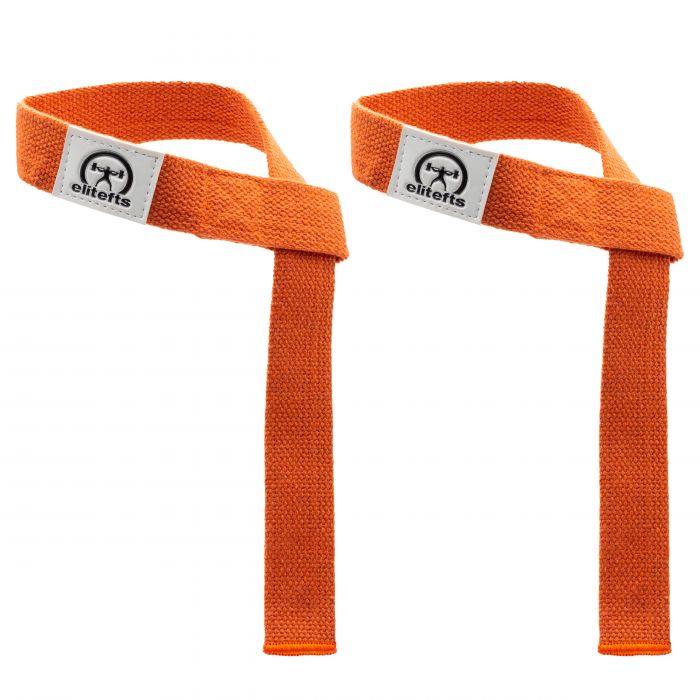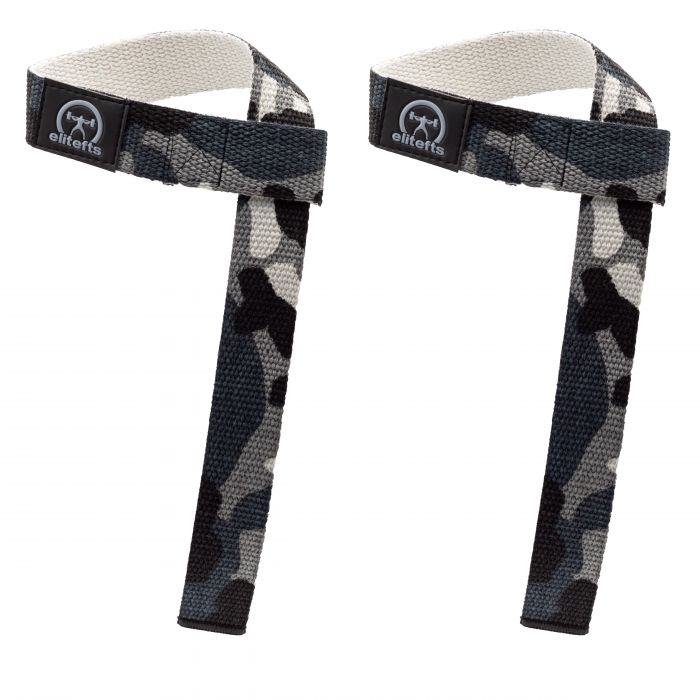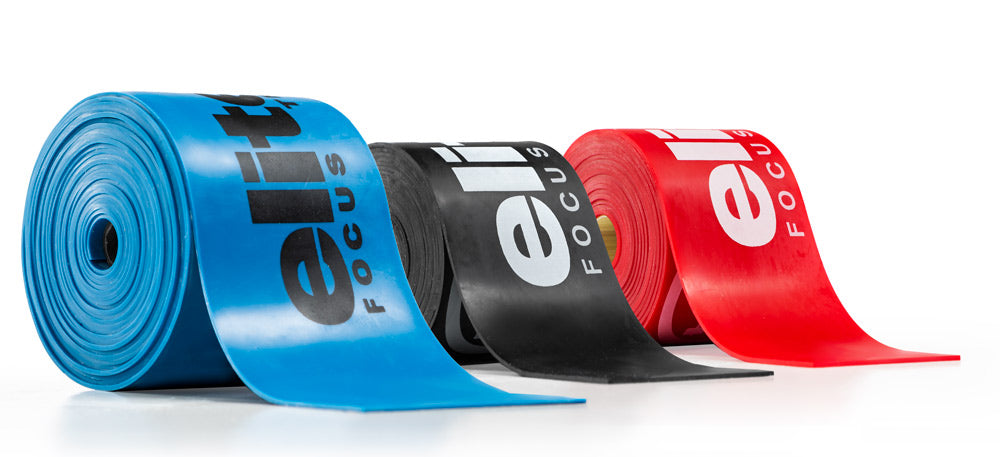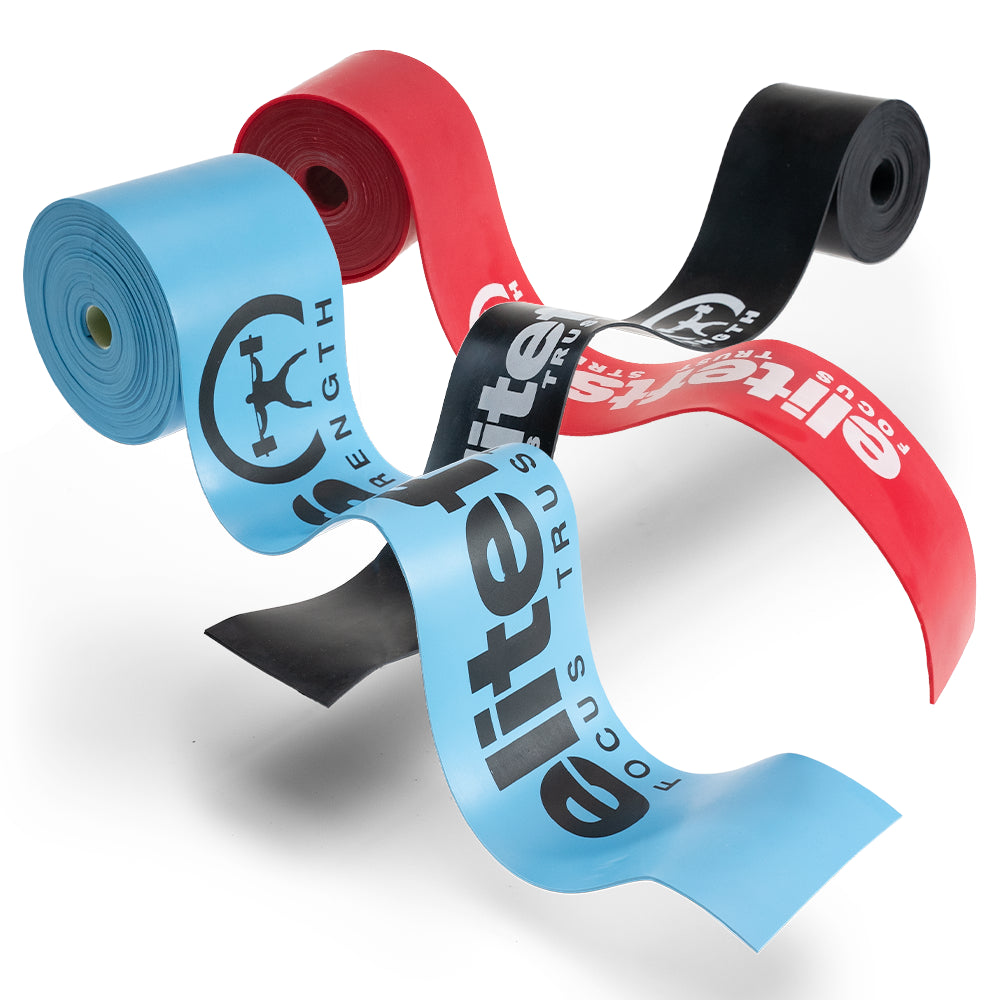
About a year ago, I decided to start training in Brazilian Jiu-Jitsu pretty intensely. In the past, I’ve dabbled for six months or so here and there and even competed, but this past year, I’ve been completely hooked and don’t plan on stopping. Part of the reason why I started training again is due to the fact I had several Jiu-Jitsu competitors training at my facility, Tutela Training Systems, right here in Jersey. I wanted to really get a first-hand experience training in the sport to truly get a feel for the right balance between BJJ and strength training.
RECENT: Two Crucial Components Your Training is Missing
I’ve also started to notice what most BJJ guys and gals are lacking when it comes to their strength training. Here are the most common needs I’ve found working with even the most elite BJJ practitioners:
- Insufficient strength in the fundamental human movement patterns
- Insufficient mobility
- Insufficient stability
- Not enough time spent on upper back and posterior chain work
- Not enough time spent on recovery
1. Get Strong in All Fundamental Human Movement Patterns
I’ve discussed the importance of this for everyone, not just BJJ fighters, in previous articles, so I won’t hammer it again. But you should understand that the best way to prevent injuries is by developing strength in these patterns:- Squat
- Hinge
- Lunge
- Push
- Pull
- Carry

Alexandre Rotenberg © 123rf.com
Building adequate strength will simultaneously improve your conditioning because the stronger you are, the more work you will be able to do with less effort. In addition, getting stronger will help reduce your potential for injury. Simply put, strength must be addressed if you want to improve your jitsu game and stay in it for the long haul. Since most BJJ practitioners train Jiu-Jitsu several times per week, I believe that two strength training days per week are ideal. Since you’ll only be training twice per week, stick to two full body days per week so you get enough training frequency.2. Develop Adequate Mobility and Stability
In Mike Boyle and Gray Cook’s joint-by-joint model, they discuss which joints require more mobility and which require more stability for the body to perform optimally, although every joint requires both.RELATED: The Strength Coach's Guide to Brazilian Jiu-Jitsu
Take a look at how this model works from the ankles up:
- Ankles — Mobility
- Knees — Stability
- Hips — Mobility
- Lumbar — Stability
- Thoracic — Mobility
- Scapula — Mobility/Stability
- Glenohumeral — Mobility
- Cervical – Stability
3. Real Core Training
Most people get their core training all wrong, as they think of it as countless sit-ups and crunches. It's important to not just think of your abs when talking about the core. Instead, think of the core as all musculature from the shoulders to your knees, anterior, and posterior. Your back, glutes, hamstrings, hips, and quads play a major role in core strength and stability. And the primary function of the core is to stabilize the spine while the extremities move. Essentially, some of the best core exercises you can do are squats, deadlifts, and their variations due to the need for stabilizing the spine under heavy loads while the extremities move. Working in exercises like 45-degree back raises, plank variations, andfarmers walks are also great ways to address core strength and stability. It’s also extremely important to work in rotary movements like Russian Twists to improve rotary strength. Keep in mind that the core plays a major role in your strength, power, and injury prevention. But if you’re not training the core in the way that it’s supposed to function, you’ll never reach your full potential.
4. Speed and Power
Adequate speed and power are essential for BJJ competitors, but without sufficient strength, mobility, and core stability, you will not be able to develop the speed and power you want. For example, power = strength x speed. This means that with an insufficient level of strength, you will not be able to produce an ideal amount of power.READ MORE: The Best Speed Drill for High School Athletes
When talking about core strength specifically, if you don’t have a foundational level, then there will be an “energy leak” somewhere throughout the chain when trying to produce force. This means you won’t be fully capable of applying the potential force in which you’d be capable of the required core stability.

Alexandre Rotenberg © 123rf.com
Once you have a foundation of overall strength and stability, then it’s critical to address speed and power. There are a few different ways to do that, so please refer tothis article to learn how.
5. Grip and Neck
If you’ve ever trained BJJ before, then you know how important it is to have a strong grip. The best way to train for a stronger grip is to ditch the straps on heavy pulling and place more of an emphasis on developing hand strength. That said, pronated grip deadlifts, farmers walks, fat bar chins/pulldowns, fat bar rows, towel chin-ups, and slapping a pair ofFat Gripz on your
dumbbells, barbells, and other accessory exercises are awesome for improving your
grip strength. As far as
neck training goes, you can probably imagine why it’s important to have a strong neck in Jiu-Jitsu. I’ll typically program neck work twice per week and incorporate some type of flexion, extension, and lateral movement for two sets of each for 15 to 20 reps. I prefer a higher rep range to avoid placing heavy stress on the cervical spine.
6. Recovery/Decompression
One thing about BJJ practitioners is that they are relentless. Most train multiple times per day, seven days a week. After a while, it’s very easy to burn out if you keep up that pace. You must addressrecovery work if you want to perform at a high level. I suggest that you dedicate at least one day a week to
recovery, but you can also work recovery work into the days you train. Here are some methods you can use that are incredible for recovery:
- Massage
-
Foam Roll -
Mobility Work - Walking
- Sauna
- Cryotherapy
- Contrast Baths
- Naps
- Seven to nine hours of sleep per night (this one is a must)
WATCH: Table Talk — The Most Common Mistakes Novice Powerlifters Make
That said, it’s important to decompress the spine and the shoulders. You can do that by simply hanging from a pull-up bar for three to five sets of 60 seconds or as long as you can. This will decompress the spine and shoulders simultaneously and can help maintain disc and soft tissue integrity.
7. Conditioning
Finally, we have conditioning. Now please don’t take me the wrong way; of course, conditioning is important for BJJ and other martial arts. However, most guys and girls who train already have an incredible level of endurance in regards to Jiu-Jitsu. Instead of only doing circuits of battle ropes andkettlebell swings on end, you first need to address your needs or the needs of your athlete. In most cases, everything I just mentioned above needs to be prioritized before hard conditioning days need to be programmed. Like I mentioned before, building strength and stability alone will simultaneously improve your level of conditioning. So if you’re lacking strength, simply getting stronger will enhance your conditioning. I believe that most people get enough conditioning work from practicing their sport, and fortunately, BJJ is a sport where you can spar hard every time you train without head trauma like other combat sports. But if you have everything above already in check, then you can start to add some conditioning work directly into your program. Think of BJJ as a mixed energy system sport that will tap into both the aerobic and anaerobic energy systems. If you’re looking to improve your conditioning for your sport, then you can address both systems once or twice per week. I suggest things like tempo runs, bleachers, hill sprints, hill runs (distance),
strongman training, jump rope, and barbell,
kettlebell, and
dumbbell complexes to address conditioning. But again, since you’re already getting so much conditioning from rolling, then you’ll be OK dedicating one or two 20- to 30-minute conditioning sessions per week and placing more of an emphasis on where you need it most. I hope this article clears some things up on what you’ll need to work on to improve your BJJ performance. If you have any questions at all, feel free to shoot me an email at
chris@tutelatraining.com or a DM on Instagram (
@chris_tutela), and I’d be happy to help. Thanks for reading.


























































